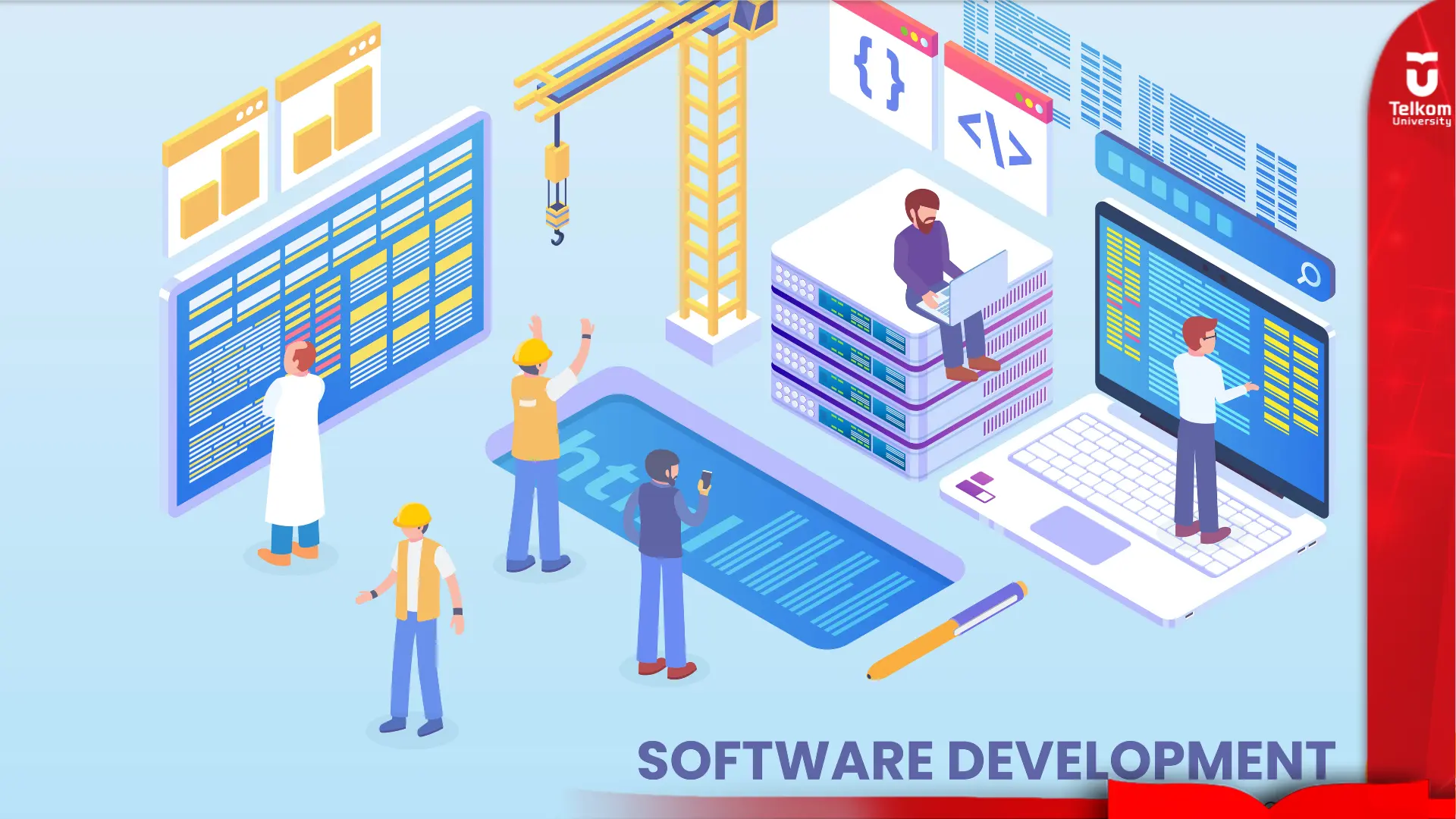Software Development Life Cycle (SDLC)

Software Development Life Cycle (SDLC) is a structured framework process used to plan, develop, test, and maintain software. The SDLC ensures that the software produced and developed is in accordance with the needs of users, budgets, and completed within a predetermined time according to the schedule. This process involves several stages, ranging from planning, needs analysis, design, development, testing, to implementation and maintenance. The main goal of the SDLC is to reduce project risk and ensure high-quality software. By dividing the development process into clear stages, SDLC allows for better control, risk management, and more predictable outcomes. Here are some of the main phases in the SDLC:
- Planning: At this stage, the project is initiated by formulating specific objectives, identifying the resources needed, and preparing a detailed implementation schedule. In addition, an in-depth analysis of potential risks that may hinder the success of the project is carried out
- Requirement Analysis: This stage marks the beginning of the formal process of formulating in detail what exactly is to be achieved from software development. By involving various stakeholders, the project team collects and evaluates all functional and non-functional needs. The results of this process are outlined in a document called the Software Requirements Specification or SRS, which serves as a contract between the development team and the user. This SRS ensures that all parties have the same understanding of the scope, features, and performance of the software to be built.
- Design: Once the requirements are defined, the architectural design and software components are created. This design includes system structure, user interface, and database design.
- Development: In this phase, coding is done based on the predetermined design. Developers write source code and build software components.
- Testing: After development is complete, the software is tested to ensure that it performs according to specifications and is free from bugs. Testing includes various types such as unit testing, integration testing, and system testing.
- Deployment: The tested software is then implemented in the production environment. End users are trained and the software begins to be officially used.
- Maintenance: Once implemented, software requires maintenance to ensure that it continues to function properly. Maintenance includes updates, bug fixes, and adjustments to changing needs.
Baca lebih lanjut: Model-Model Software Development Life Cycle (SDLC): Panduan Lengkap

